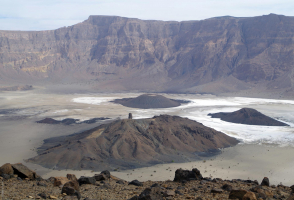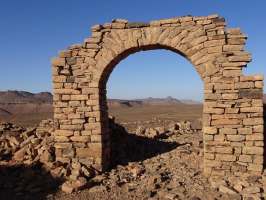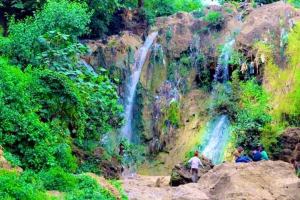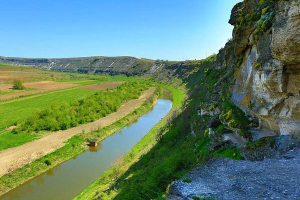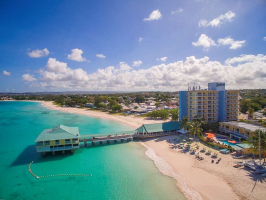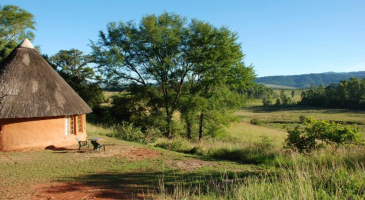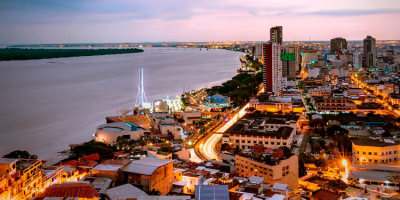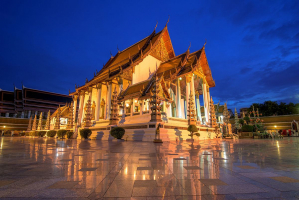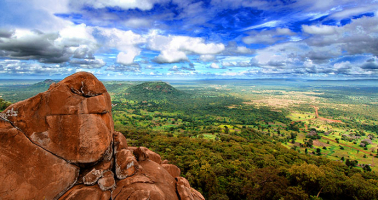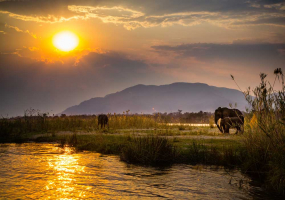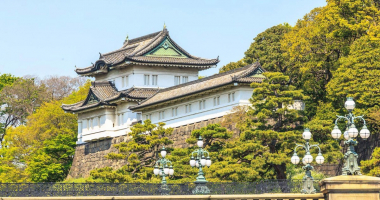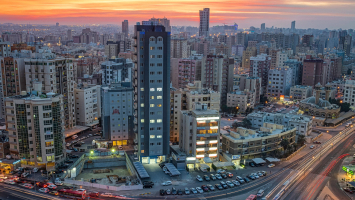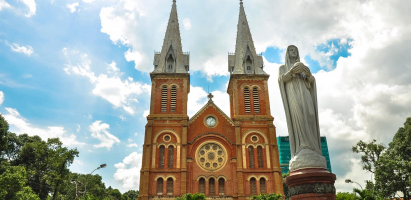Top 10 Best Tourist Attractions in Egypt
Egypt is known for its ancient civilization and some of the world's most iconic structures, such as the Giza pyramids, the Great Sphinx, and the ... read more...thousands-year-old Luxor temples. Let's find out the Top 10 Best Tourist Attractions in Egypt below!
-
The Giza Pyramids are three 4th-dynasty (c. 2575–c. 2465 BCE) pyramids built on a rocky plateau at Al-Jzah (Giza) in northern Egypt on the west bank of the Nile River. They were formerly considered one of the Seven Wonders of the World. The Pyramids of Giza, Saqqara, Dahshr, Ab Ruwaysh, and Abr, as well as the ancient ruins of Memphis, were recognized as a UNESCO World Heritage site in 1979.
The cubic capacity of this massive building is mind-boggling for visitors. The Great Pyramid is 2.3 million cubic meters in volume, excluding the rock foundation and interior chambers. The vertical height is 137.2 meters, while the base measurement is 227.5 meters. These tombs of the Pharaohs Cheops (Khufu), Chephren (Khafre), and Mycerinus (Menkaure), guarded by the enigmatic Sphinx, have awed travelers throughout the ages and are usually at the top of most visitors' lists of tourist attractions to see in Egypt, and are often the first sight they see after landing. These megalithic shrines to dead pharaohs, which lay on the edges of Cairo's sprawl, are still awe-inspiring sights and an obvious highlight of any Egypt vacation.
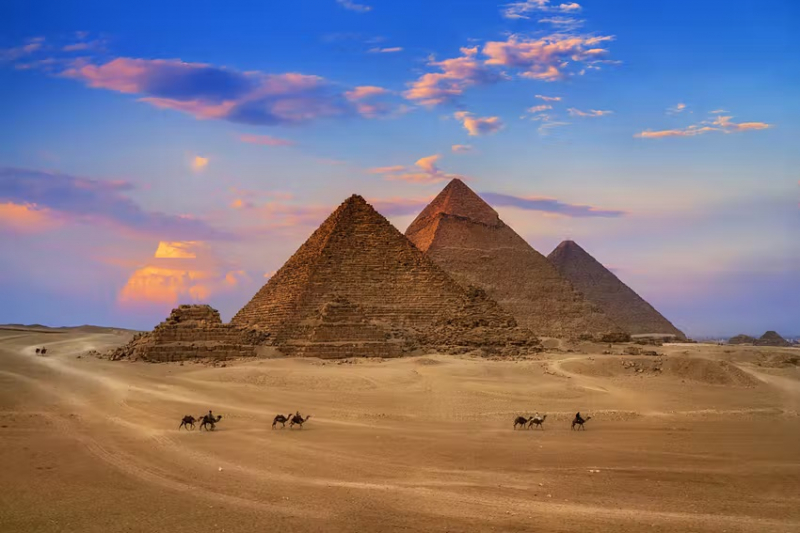
Pyramids of Giza 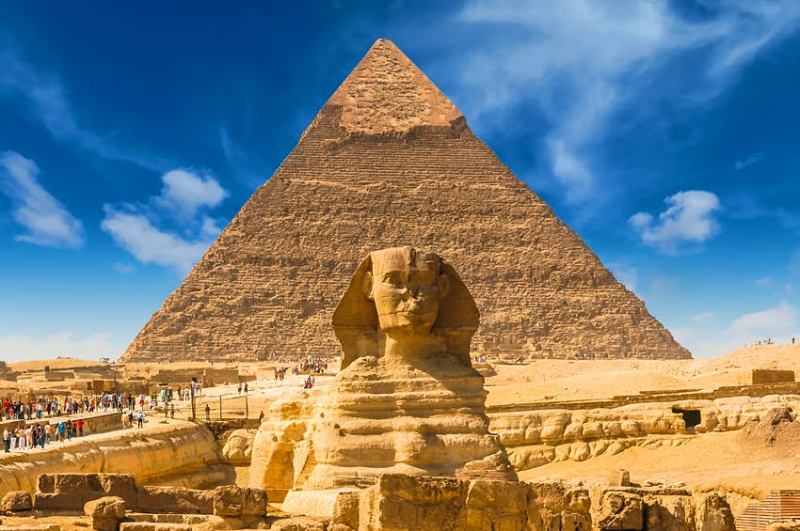
Pyramids of Giza -
Luxor, Egypt's Nile-side town, is known for the Valley of the Kings, Karnak Temple, and Hatshepsut's Memorial Temple. Visitors may tour a beautiful collection of ancient Egyptian monuments in Luxor and the Valley of the Kings.
Luxor is the most beautiful of all the places visited by Nile River cruise boats. This city, once known as Thebes, is home to Egypt's most extensive collection of archeological sites. This is the capital of the New Kingdom pharaohs and the sight of more attractions than most people can see in a short trip. While the modern city of Luxor, with its thriving souq, the two temples of Karnak and Luxor, and the museum, is located on the East Bank, the West Bank's lush farmland and barren cliffs are home to the vast majority of Luxor's tourist attractions, with so many tombs and temple sights that it has been dubbed the nation's biggest open-air museum. Spend a few days exploring the tombs' colorful wall painting and marveling at the temples' massive columns, and you'll understand why Luxor continues to attract historians and archaeologists.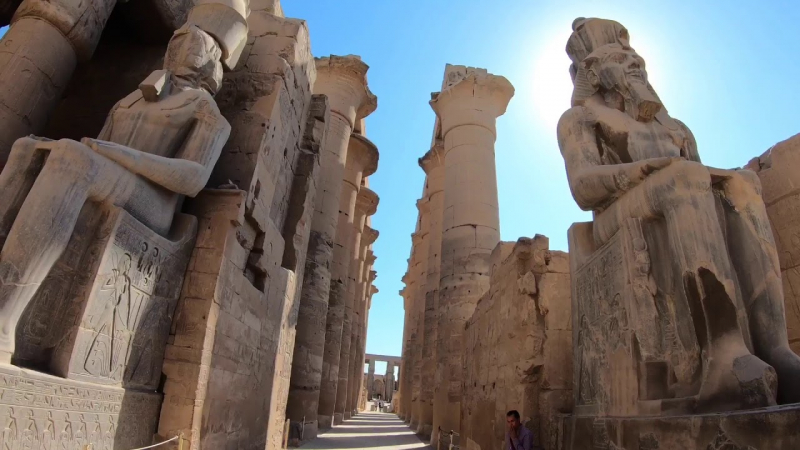
Luxor's Karnak Temple and the Valley of the Kings 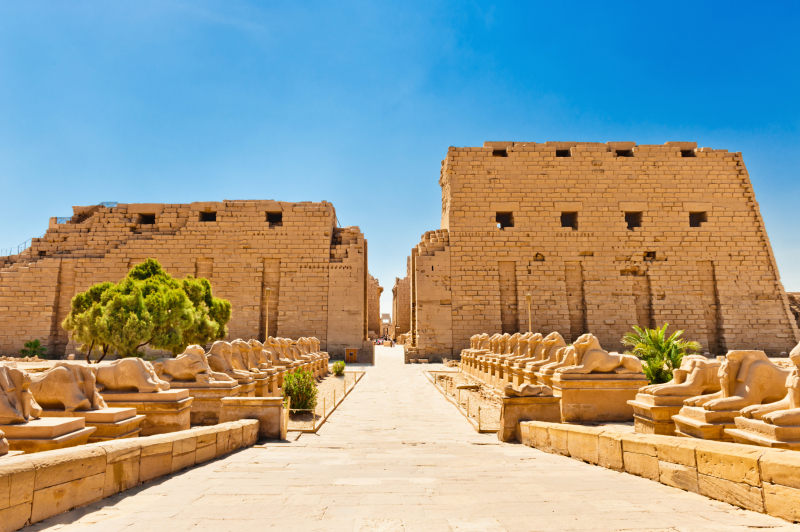
Luxor's Karnak Temple and the Valley of the Kings -
The Nile is Egypt's defining feature. A multi-day sail on this famous river, which saw the emergence of the Pharaonic era, is a highlight of many visitors' Egypt trips.
Cruising the Nile is also the most relaxing way to visit the temples that dot the riverbanks between Luxor and Aswan, and dawn and sunset over the date-palm-studded riverbanks, backed by sand dunes, is one of Egypt's most serene sights. The Temple of Kom Ombo and Edfu's Temple of Horus, where all the major cruise boats stop, are the two most famous sights on a Nile Cruise. You may also cruise the Nile by felucca (Egypt's traditional lateen-sailed wooden boats) if you want a less crowded and slower experience and don't mind "roughing it" a little. The majority of cruise ship itineraries depart from Luxor or Aswan, although feluccas may only be chartered from Aswan for multi-day trips.
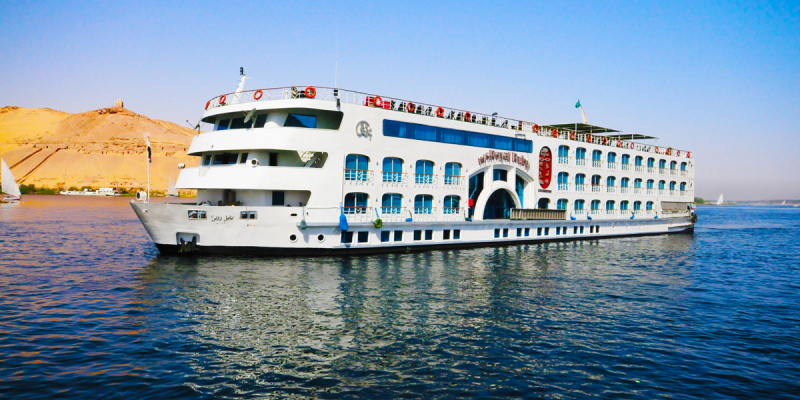
Cruising the Nile 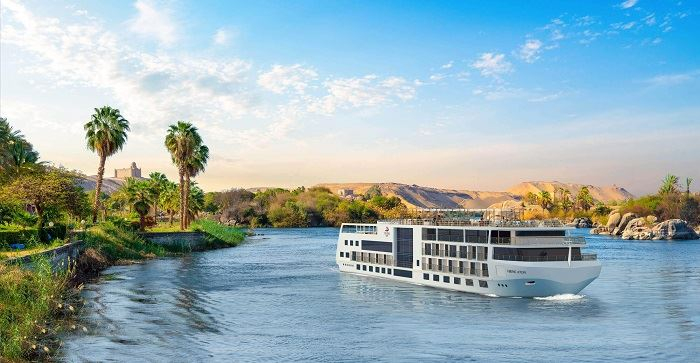
Cruising the Nile -
In the south of Egypt, Aswan, historically known as Swenett, is a magical city. The name Aswan comes from the ancient Egyptian word "Soun", which means "market" or "souk". Because it was a crucial entryway to the south, Aswan earned its name. It was the main source of granite for obelisks and sculptures in ancient times.
With its orange-hued dunes as a backdrop, this is the ideal spot to unwind for a few days and take in the laid-back vibes. Take the river ferry to Elephantine Island and stroll through the Nubian villages' colorful streets. Ride a camel to the East Bank's desert monastery of St. Simeon. Or simply sip a few cups of tea while watching the lateen-sailed feluccas drift by from one of the riverside cafés. Sailing around Aswan's islands in a felucca at sunset is a must-do. By far the most popular activity in Aswan, and the most peaceful way to see the attractions. There are various ancient buildings and temples nearby, including the island-based Philae Temple, but one of Aswan's most popular activities is simply relaxing and watching the river life go by.
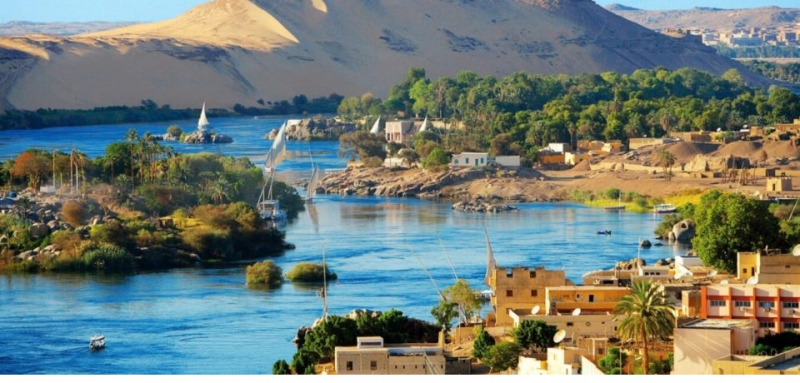
Aswan 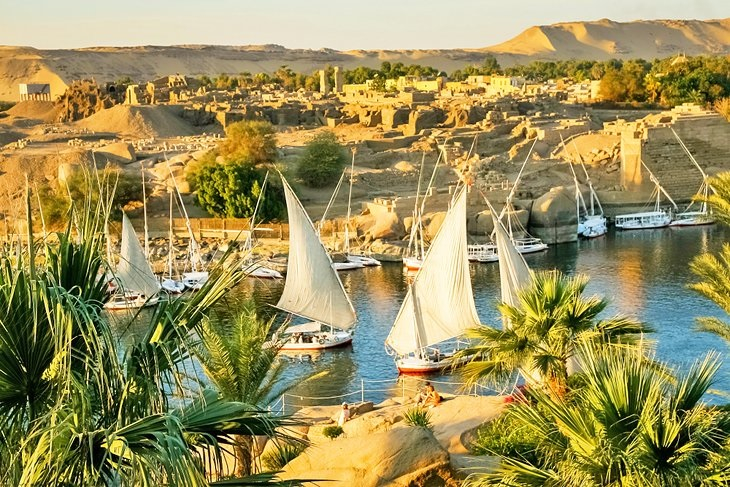
Aswan -
The most beautiful of Ramses II's structures, Abu Simbel is both a perfect example of the pharaoh's ambition and a model illustration of modern engineering and worldwide collaboration. Even in a land where temples abound, Abu Simbel stands out. This is Ramses II's magnificent temple, with huge statues guarding the entrance and a beautifully decorated interior with wall murals.
Abu Simbel is well-known for its megalithic proportions, but it is also well-known for the astounding engineering feat accomplished by UNESCO in the 1960s, which saw the whole temple shifted from its original location to save it from being destroyed by the Aswan dam. Pharaoh Ramses II's quest for immortality is depicted by the huge stone statues that surround the front. Visitors now still crane their necks in awe at the colossal structures, much as the pharaoh's people must have done when they were initially built. Exploring Abu Simbel now is about admiring the worldwide effort to save the temple complex as much as it is about gaping in awe at Ramses II's awe-inspiring construction achievements.
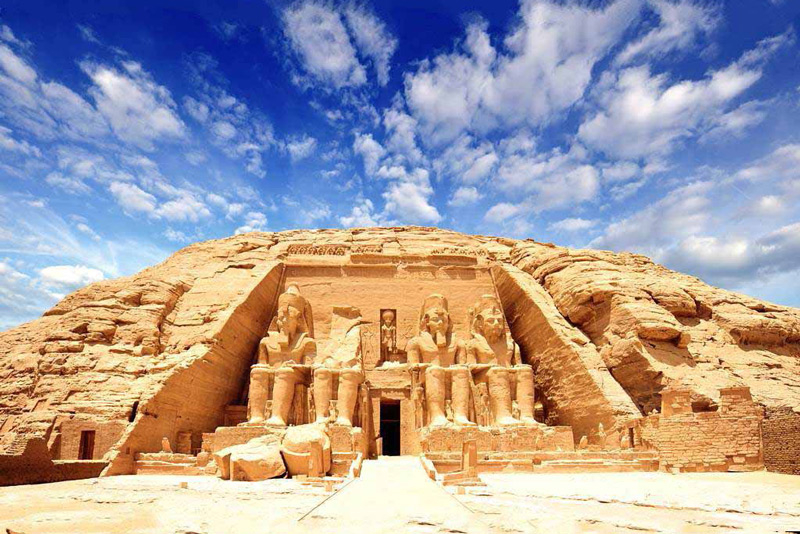
Abu Simbel 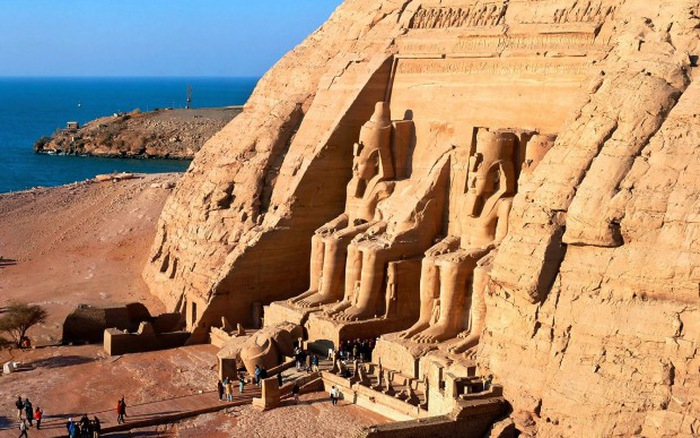
Abu Simbel -
A world as interesting as the temples and tombs on land exists beneath the surface of the Red Sea. Both the northern and southern Red Sea areas offer excellent diving chances, with the former offering amazing wrecks such as the world-famous SS Thistlegorm, and the latter, which includes the islands of Big Brother, Little Brother, and Daedalus, offering dramatic encounters with manta rays and various shark species.
Scuba divers go to the Red Sea's coral reefs for both the soft corals and the variety of sea life, which includes everything from colorful reef fish and nudibranchs to sharks, dolphins, turtles, rays, and even dugongs. The most well-known town for divers is Sharm el-Sheikh, which is located on the Sinai Peninsula and is closest to the reefs of Ras Mohammed National Park as well as the reefs of the Straits of Tiran. Advanced divers should head to Marsa Alam, the closest base for diving Egypt's "deep south" dive sites. In addition to fish and coral, the Red Sea is a popular wreck-diving location.

Diving the Red Sea 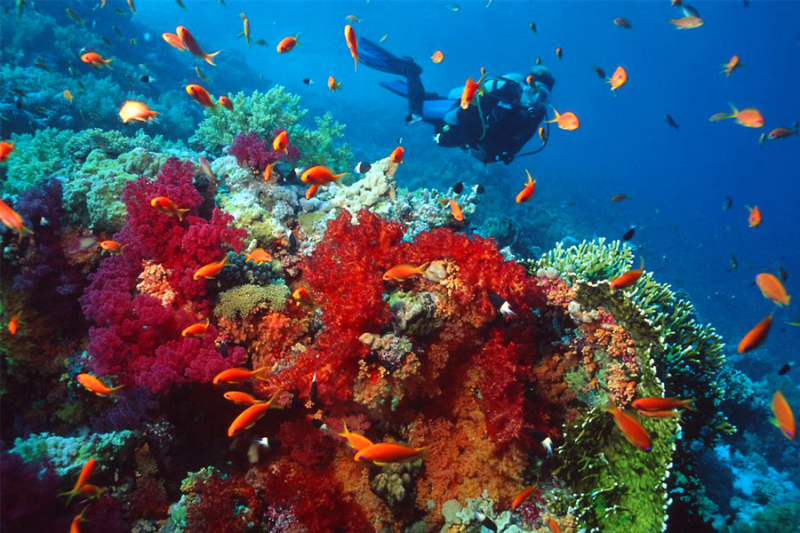
Diving the Red Sea -
Mosques, madrassas and monuments ranging from the Fatimid through the Mameluke eras are some of the capital's Islamic Cairo area highlights. This is where you'll discover Khan el-maze Khalili's shopping souk, where coppersmiths and artists still maintain small studios and stalls packed with pottery, fabrics, spices, and perfume.
Tour Cairo and marvel at the artistic beauty of Islamic monuments in mosques, homes, fortifications, and a variety of other structures influenced by Islam's religion and culture. Explore the Ahmad-Ibn Tulun Mosque, one of Islamic Egypt's earliest and biggest mosques. Its gypsum decoration and holy Islamic engravings are worth seeing. Explore two luxurious houses from the 16th and 17th centuries that were formerly occupied and repaired by John Gayer-Anderson, who renovated and decorated the buildings with antiques, artwork, and exotic artifacts acquired during his travels. This one-of-a-kind museum was featured in the James Bond film "The Spy Who Loved Me".
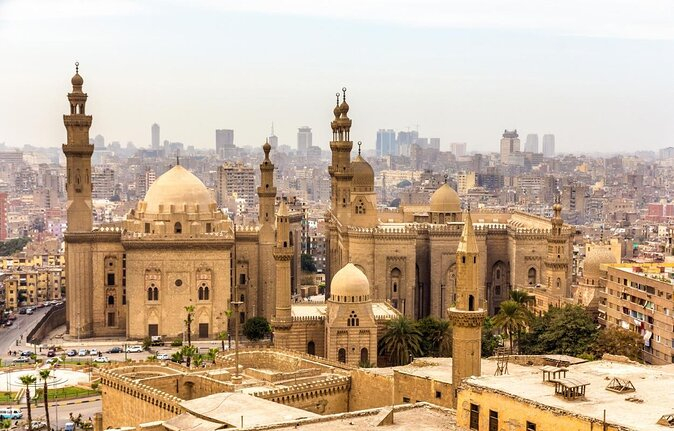
Explore Islamic Cairo 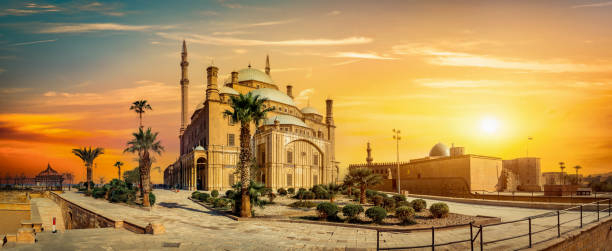
Explore Islamic Cairo -
On the Sinai Peninsula in Egypt, the South Sinai area has a beach for everyone. South Sinai is known for its excellent diving and snorkeling, its important history as Moses' motherland, its own culture, the mountains with their unique natural beauty.
Sharm el-Sheikh is a European-style resort town with a variety of luxury hotels, international restaurants, and recreational opportunities. Many of the resorts here appeal to families on one- or two-week sun-and-sand holidays, which are popular with Europeans on winter sun vacations. Dahab is a low-key beach town with a backpacker hostel heart, with a focus on desert expeditions and adventures as well as the sea. It's famous for its low-cost dive package and its lagoon beach region, where windsurfing and kitesurfing are the most popular activities. The bamboo hut retreats, located between the port town of Nuweiba and the border town of Taba, bring you the best relaxing time behind busy life at the beach.
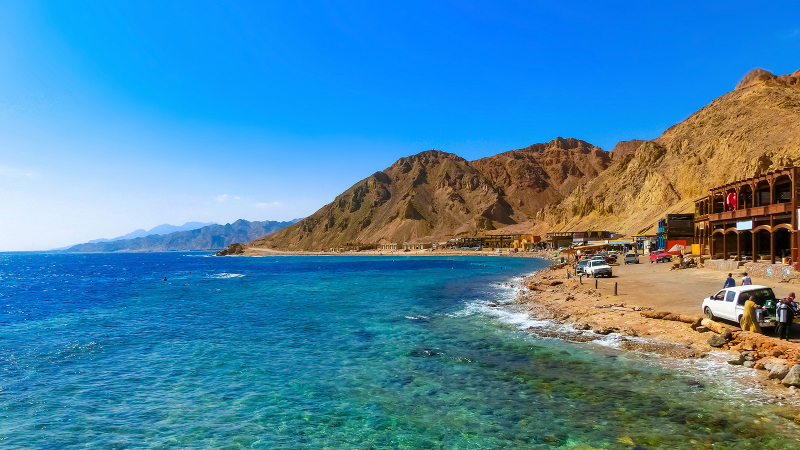
South Sinai's Beach Life 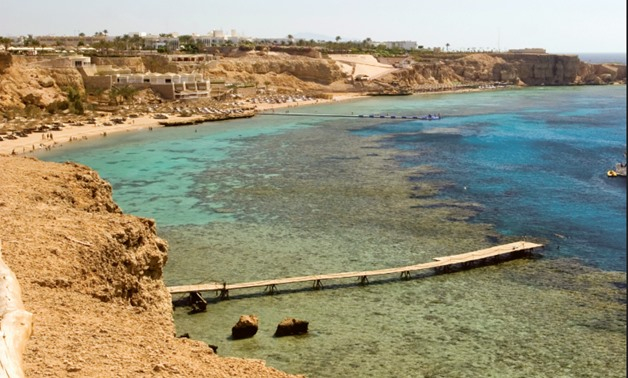
South Sinai's Beach Life -
The Pyramids of Giza are well-known, but they aren't the only pyramids Egypt has. The large necropolis site of Saqqara, as well as the nearby sites of Dahshur and Abu Sir, is located thirty kilometers south of Cairo and is where Egypt's earliest pyramids were built.
Saqqara is a large necropolis of tombs and pyramids that was used during every era of pharaonic rule and is only a day's journey from Cairo. It is well renowned for its Old Kingdom Step Pyramid, which shows how Ancient Egyptian architects expanded their engineering expertise to create a true pyramid shape. However, there is much more to see beyond the Step Pyramid, with some of the nearby tombs, such as the Mastaba of Ti, showing some of the country's greatest tomb murals. The Red Pyramid and Bent Pyramid are located nearby at the Dahshur pyramid site and should be included on every Saqqara visit.
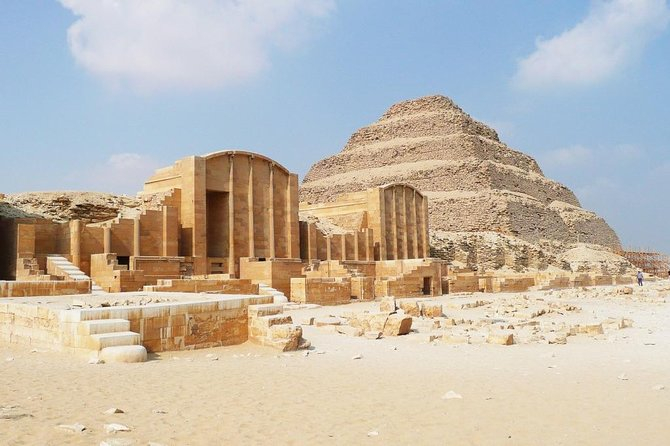
Saqqara 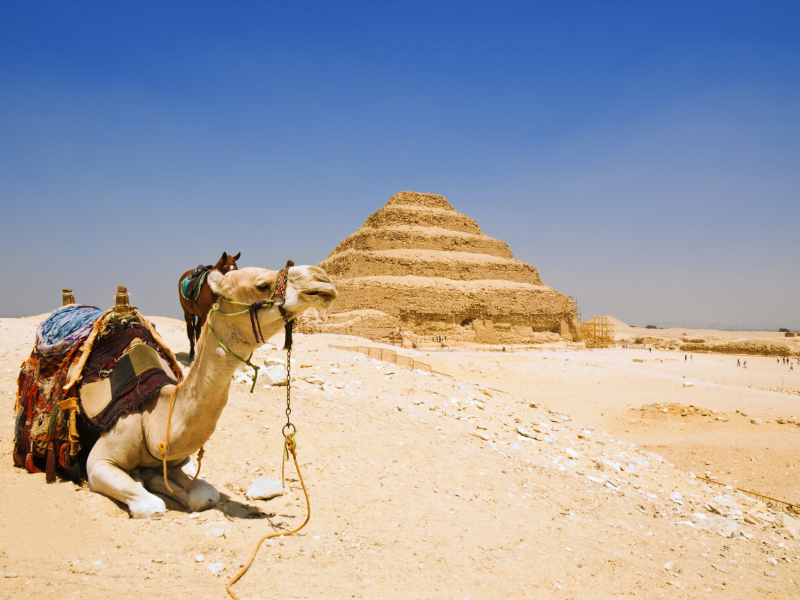
Saqqara -
The Egyptian Museum is the Middle East's oldest archaeological museum, and it includes the world's greatest collection of Pharaonic antiquities. The museum houses a large collection of artifacts dating from the Predynastic Period to the Greco-Roman Period.
The building's architect was chosen through a first-of-its-kind international competition in 1895, which was won by French architect Marcel Dourgnon. Khedive Abbas Helmy II opened the museum in 1902, and it has since become a historic icon in downtown Cairo, housing some of the world's most stunning ancient treasures. It's a muddled mess, with little labeling and no chronological order, but that's part of its old-school charm. The trove of golden jewels uncovered at Tutankhamen's tomb in the Valley of the Kings and the fascinating Royal Mummies exhibit room is the museum's two highlight collections. Every step you take here exposes a stunning piece of antique art or statues that would be the focus of any museum.
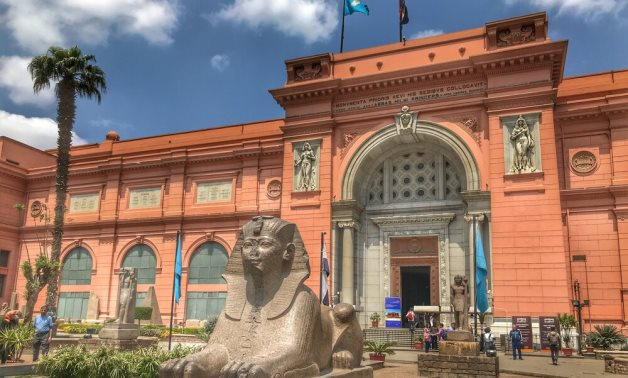
Egyptian Museum 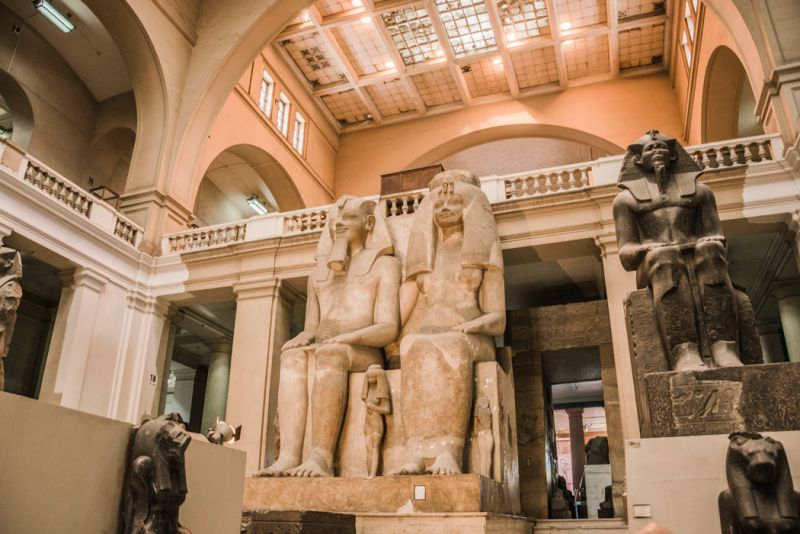
Egyptian Museum












